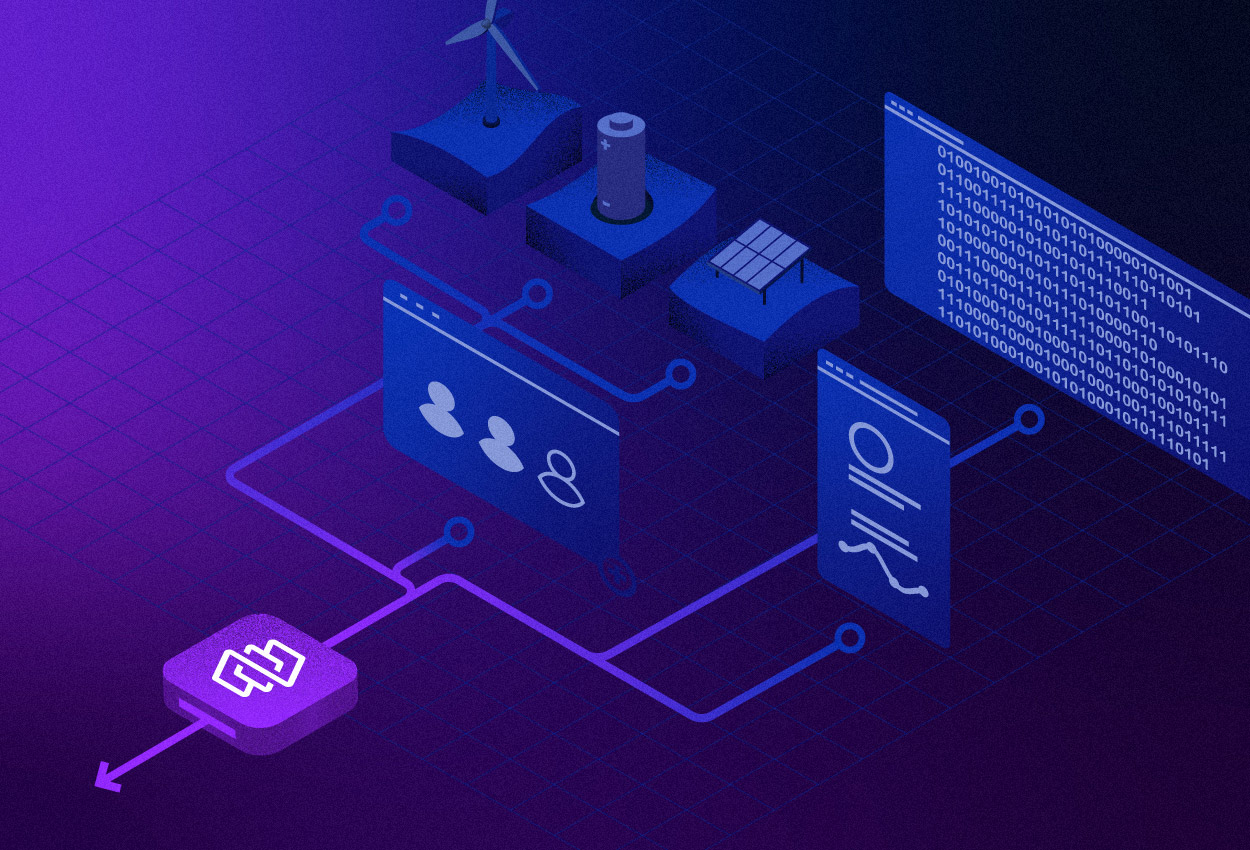Jessica Venning-Bryan | 7 April 2022


We all understand the traditional industry value chain from generators to distributors, to retailers, and eventually to consumers. While there is a lot of dialogue about the diversification of this value chain - with parties transacting across traditional boundaries, and value being captured in different places - we haven’t seen the meaningful implementation of new models in Australia and New Zealand yet.
The risk to the established energy industry is that change is coming, whether we are ready or not. If we don’t get in front, then technology-native companies like Apple, Google and Tesla will fill the gap and wrest control of the value opportunity that the new energy economy offers.
The energy industry must start using technology to test and learn if it is going to transform in a meaningful way. In recent years we have seen some movement in the smart use of data to drive the new energy economy, but our industry certainly isn’t leveraging software technologies to inform its investment decisions and make meaningful progress.
WHAT HORSE SHOULD WE BACK?
The energy sector knows it must evolve. There is a lot of talk within the industry about distributed energy and innovation. But at the same time, so many companies are still grappling with how to test new ideas and build a robust investment case.
The big question is: how does my business know which horse to back?
The common thread to these discussions is that businesses are encumbered by legacy technology, and historic business processes, which makes it extremely hard to experiment with potential new models and even harder to imagine bringing them to life.
A key starting point is thinking about how to reduce the risk of decision making. It means having solid information to answer the questions every investment committee has: how much will it cost?; how long will it take?; and, will it work?
This can be achieved by embracing the proof of concept. Using modern software enables testing new models quickly and thoroughly, and gives teams the data they need to build a compelling case for operationalisation.
THE POWER OF THE PROOF OF CONCEPT
The practice of giving a team a challenge that is outside of business-as-usual and resourcing them to make it happen at speed is often attributed to Lockheed Martin.
By creating a team to specifically build a faster fighter jet to take on Germany during World War II, they came up with a solution - the P-80 Shooting Star - even completing it ahead of schedule.
If we are serious as an industry about accelerating decarbonisation and embracing distributed energy models, we need to ring fence teams and give them the right resources to gain traction.
In the energy sector in 2022, modern software is one of those critical resources.
Using smart software for a proof of concept does not require any systems change. Modern software can be stood up independently and quickly, and deliver all the necessary functionality for a proof of concept.
With the right software, a proof of concept team can reduce the overhead cost of developing the investment case; move much faster; and collect real data about how the new product will be used. This reduces the decision risk associated with scenario modelling.
FASTER, SMARTER INNOVATION
Using a proof of concept to fast-track innovation is a solution that works. It allows a company to move out of modelling and operate in reality - gathering better quality information for decision making.
It also creates shorter feedback cycles, and the test and learn stage means that once a hypothesis is proven, operationalising can be quick and lower risk.
The really good news is that modern software practices are making proof of concepts easier:
Our industry loves an engineering challenge, so let’s look back to go forward. We can take inspiration from the big engineering problems solved in years gone by, but with a modern edge.
Today’s software is a real enabler to intelligently work through challenges early, collecting quality data, and fast-tracking implementation. It can be used to work around legacy systems that can’t accommodate the new world and are constraining change. It also enables investment discussions and decisions to be approached using higher quality data, and lowering risk.
The new energy economy is upon us all. Let’s embrace this opportunity to create value and decarbonise simultaneously. Get in touch with Flux today to learn how we can help you with a software-backed proof of concept.

Sign up for the latest updates in technology, changes, regulations, and new energy products from Flux.